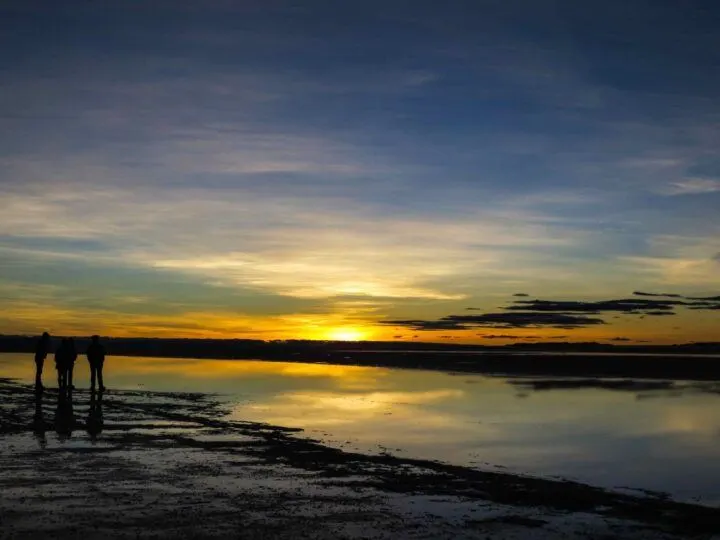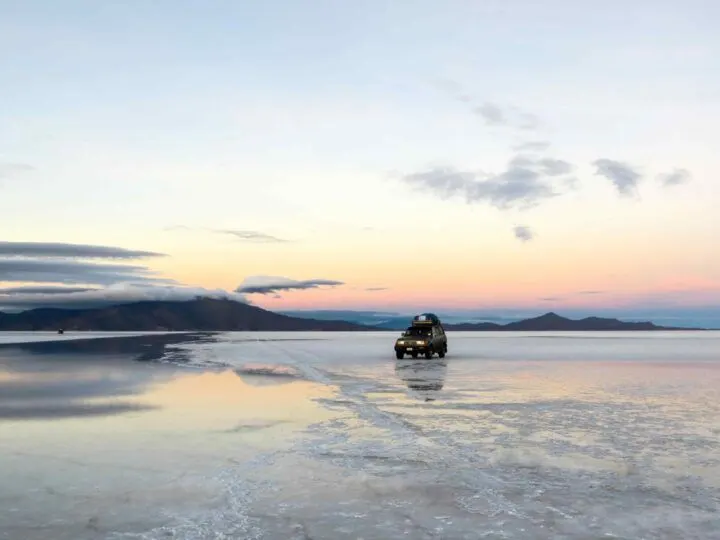This article came first place in the 2015 Passport to Write, a competition held by award-winning British guidebook company, Rough Guides. Unfortunately, the piece has since been removed from their website, so I’ve republished it here.
This was the climax of our trip: dawn on one of the world’s most incredible marvels, the Bolivian Salar de Uyuni, or salt flats. O
ver the past three days, our jeep had offered us incredible views across the dusty canyons of the wilderness surrounding our starting point, Tupiza; it had struggled through mud-saturated roads, barely wide enough for one car and flanked by vertical drops into the valley below; from its windows, we had delighted in lakes brimming with flamingos, whose pink colouring had seemed to blend into the now rose-tinged water itself.
Despite the beauty of all of these sights, nothing had prepared us for that sunrise.
The silence is what hits you immediately. It smudges into the darkness, extending to the edges of the world, and stopping only to encounter the weak rays of the emerging sun. At times, the faintest of noises are perceptible: the soft lapping of the small tides of salty water as they slosh against the tyres of the jeep; the almost imperceptible hum of the engine, as if conscious not to break the majesty of that moment.

With every second, our views across the unending desolation changed. Subtly at first; hues of the palest orange grew from that solitary speck of life hovering beyond the Earth, fading into whites which escaped outwards into the darkness. There they mixed to create a stain of blue above the horizon.
What was strangest was how such an ordinary moment could be so extraordinarily transformed. Never before had we been so aware of a sunrise. As the light of dawn grew, we were introduced to beauty at its most magnificent: witness to not one sunrise, but two. Rainfall the previous night had covered the salt flats in a shallow sea of water which reflected the rays of the sun as they silently opened across the landscape. The sun rose from all angles, and you could be forgiven for forgetting which way was up, and where the ground actually lay.
Like any prepared travellers, we had bought props – a family of ducks – to star in the perspective shots that have become a trademark of any trip to Uyuni. In the semi-darkness of the approaching dawn, they bobbed noiselessly in ripples cast by our footsteps.

The final rays peered above the horizon, finding their reflection far below. The moment had ended. With it, the Salar began to assume a different personality, as the water would soon evaporate to leave a blanket of unmarred salt. We welcomed the chance to finally view our surroundings: commanding volcanoes – relics of a distant age – flanked the plain from one side, whilst rippling blues and the whites of clouds continued in every other direction. We were insignificant and unimportant; mere dirty specks on this unblemished symbol of nature’s beauty.
Our jeep was waiting. Still, we piled in slowly, savouring every last breath of that now lost moment of dawn.
